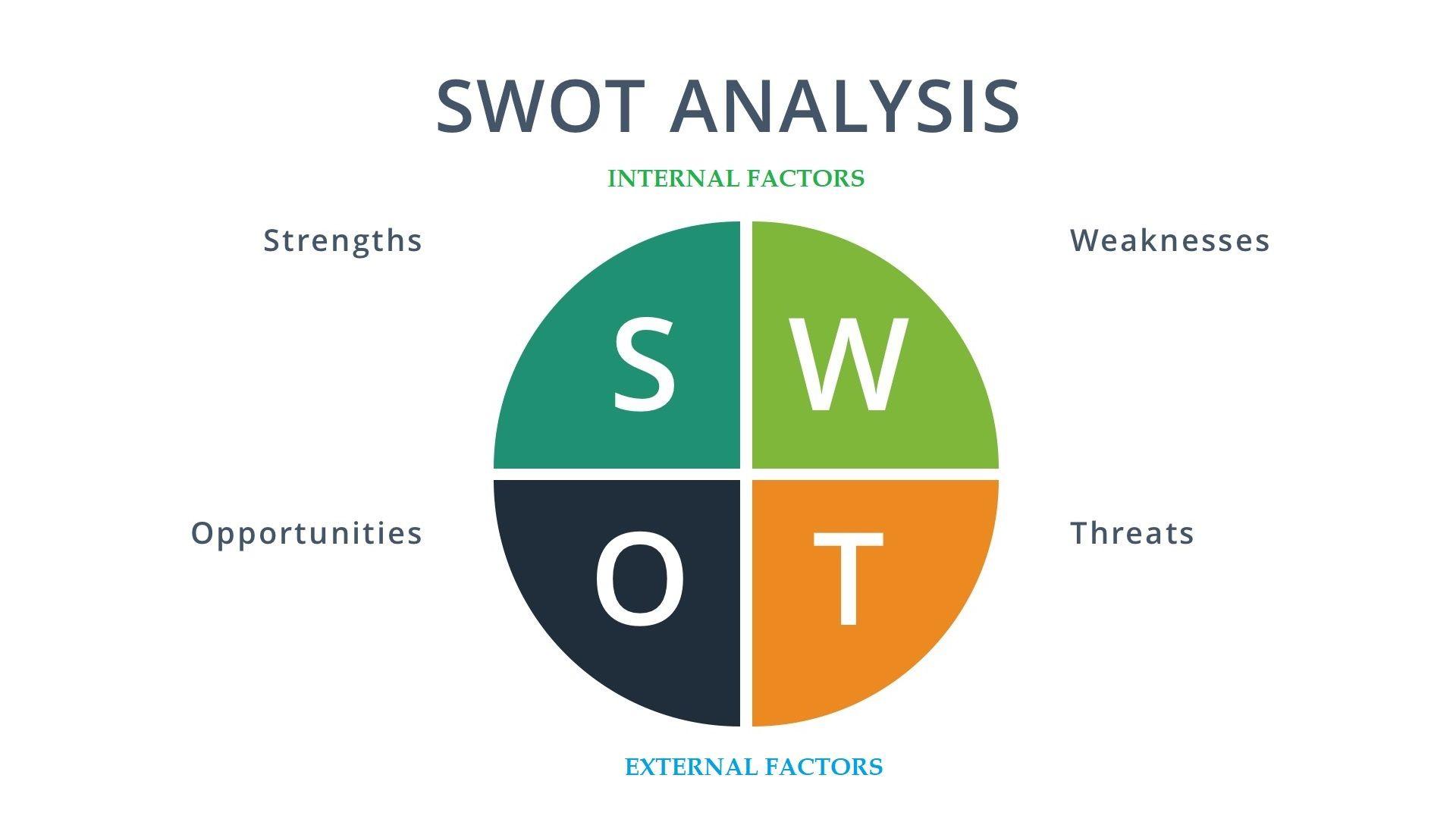Share This Article
SWOT analysis: features and types of business evaluation methodology
Opening any business begins with an assessment of the risks that will affect the operation. The result allows you to see the feasibility of the implementation of a project, and how viable it is in the current market conditions. For this purpose, SWOT analysis is used, which helps to carry out a complex study of all factors and build an optimal strategy of business development on the basis of obtained information.
SWOT is an abbreviation of Strengths, Weaknesses, Opportunities, and Threats. The task of this method is to identify these factors – strengths and weaknesses of business, risks, and market opportunities.
SWOT analysis is applied after the assessment of the company’s potential and competitiveness. Having the necessary information, a matrix is built, which takes into account business advantages, risks, and market trends. Thus the complex picture is created, which helps to see not only the limiting factors but also the points of business growth.
SWOT analysis is a universal tool for large and small companies, regardless of their age and market sector. It helps to work out the anti-crisis measures, to form the right technical promotion program, and to map out the development strategy. The important point of this approach is the analysis of the weaknesses of the company and the search for timely measures for their strengthening. In this way, it is possible to avoid business collapse, as well as to increase resilience to market threats.

There are several types of SWOT analysis:
- Quantitative. In this analysis, it is important to list all the factors that affect the business development. And they need to be considered from different angles, for example, in terms of the target audience, geography, and other conditions. Each of the points is written out in detail to form a complete picture.
- Qualitative. Matrix in this case is formed on the basis of data quantitative analysis and analysis of each of its points. Here it is important to give an expert appraisal of factors in order to see priority areas and potential threats to a business.
- Correlational. In the process of such an analysis, the strengths and weaknesses of the company are compared, and their correlation is studied. On the basis of the latter, new ideas for business development are formed. This type of SWOT analysis is perfect for the development of anti-crisis measures and the elimination of weak links in business processes.
The SWOT analysis begins with identifying objectives that will help set the scope of the assessment. Understanding the depth of the research will help to properly assemble a team of specialists and provide them with the necessary resources. It is important to evaluate not only the influence of external factors but also to study the internal structure of the company. You should pay special attention to an analysis of the competitive environment, peculiarities of market players, and their weaknesses and advantages. The results of SWOT analysis allow forecasting further business development, taking into account the trends and influence of external factors.

